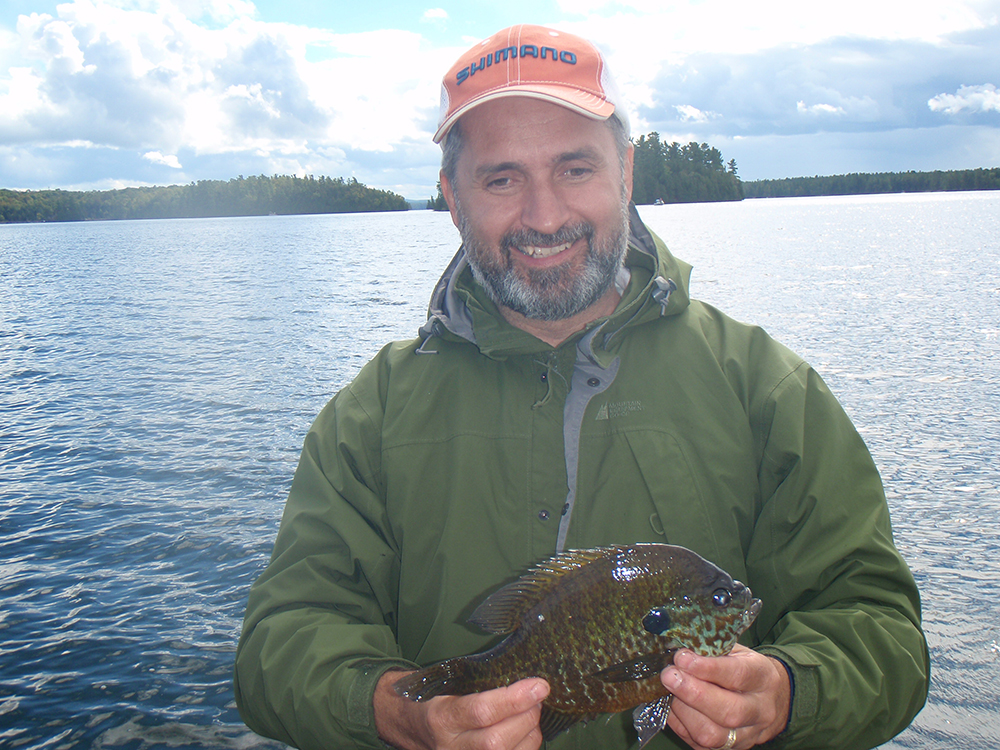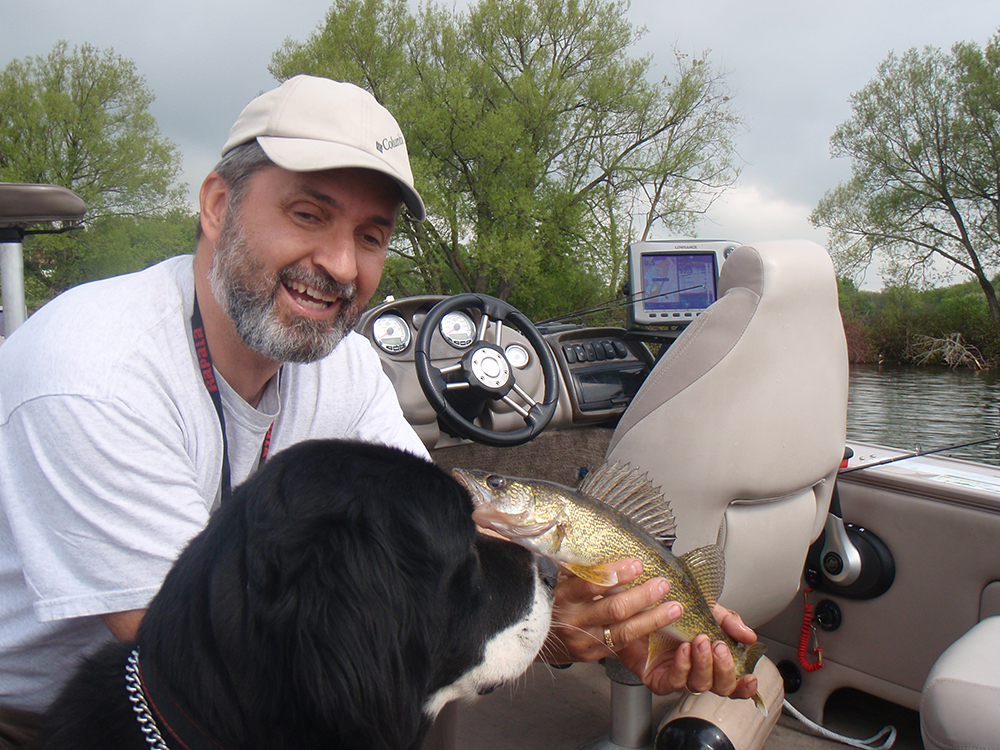Feeling Fish Bite using the Dropshot Fishing Technique
I recently received an inquiry from an angler about to purchase his first dropshot rod and was looking for advice on whether he could use a regular rod, or would need something more specific. I had to stop myself several times from pounding out a quick reply, and after reflecting more thoroughly on the question, I realized there’s no one answer.
I personally have and use five different rods for dropshotting. Each is different, and each was adopted over time to address specific needs. And, I’m not even talking about power-shotting large plastics, which is simply a different style of flip-pitching baits. Let me explain.
Dropshot rods mostly all have one thing in common, and that’s a soft tip. Matched up with a strong lower 2/3’s of the blank, and that’s pretty much it. The soft tip is there so you can check for bites without necessarily lifting your dropshot weight off the bottom and pulling the bait away from the target. It also allows fish to engage your bait without the fish detecting artificial or un-due resistance. All of this is based on a stationary bait presentation, which is not always the case.
Dragging dropshot baits behind the boat is never a great idea, but sometimes it’s the only way. Specifically, I’m thinking about rivers with current and being swept along in a boat. Trying to maintain a stationary position is impossible, which is why you instead execute a sort of controlled drift while keeping your line as near vertical as possible. Detecting the difference between bites and what you’re drifting over is crucial. Hard flat featureless bottom and you’re probably wasting your time. Rocks, transitions, drops, etc. are different and often present ambush points for fish. This is when a more typical spinning rod comes into play. Again, a good stiff bottom 2/3’s, but a more typical extra-fast tip found on your worm and jig rods. Heavier weights like ½ or ¾ might also mean going medium-heavy power. Thus, drifting deep over transitioning bottom can be accomplished with any decent spinning rod with the power and action needed to manage lighter 10-15lb braid, heavier dropshot weights and stronger river fish – often Smallmouth Bass.
Dropshotting for Largemouth bass is different than dropshotting for Smallmouth. Largies like a bit of action, which means you can either swing the bait out, let it sink, then work it back to the boat. Or, if fishing beds, target your bed and then apply action to the bait without pulling it out of the strike zone.
Both these styles of fishing can be done with either a medium or medium-action casting or spinning rod that has an extra fast tip. Since you aren’t dead-sticking the bait so much as imparting action, the rod doesn’t need to have an especially soft tip. You will be fishing near structure though, so a rod with sufficient power to control hooked fish is important.
In both the above examples I’m not suggesting fast or moderate action rods as this isn’t a reaction bite that fish slam. It’s more often a lazy bite, or something opportunistic as the baits just right there taunting them. You will need a rod suited to setting thinner gage wire hooks, but setting hooks never-the-less.
Smallmouth prefer presentations that are as close to still as possible. This is when a true dropshot rod comes into play with its far softer tip section. The rod allows you to check for soft bites without imparting sudden or strong action to the bait. You’re simply checking for wait. No resistance – let it sit. Smallmouth quite often even chew on your bait without your even knowing, for how long, who knows, but the fact that they experience no artificial resistance to their meal choice is important. This style of motionless or dead-sticking presentation is when the true dropshot rods come into play. A good solid backbone for driving home thin wire hooks, and a soft tip for subtle bite detection.
Walleye, on the other hand, are masters at stripping minnows off hooks. When they feel the metal of the hook, they simply back off, clamp down and tug, and off comes your minnow. Dropshotting for Walleye involves one of two approaches, either you leave a tremendous amount of slack in your line so unsuspecting Walleye can slurp in your entire minnow or worm under zero resistance, or you maintain just the barest of tension on the line needed to execute snappy hooksets. My preference in both cases is an extra fast medium-light spinning rod that has a fast rate of recovery. No sloppy tip needed for this sort of fishing, just good line watching focus on the part of the angler. Step up to a medium action rod with a similar action and you can go to a double hook dropshot system, more commonly known as a pickerel rig.
Power-shotting is simply moving your pegged weight from in front of the bait to the tag end of the line. Some even separate the bait from the weight with as much as 3-5 feet. It’s a technique meant to suspend large plastics just below surface cover, or at the very least, above thicker weed growth at the bottom when fish are feeling a little neutral and require some enticing. Either way, flipping rods are still the best option given the size of weights and plastics, and the proximity to heavy cover.
Lastly, what follows is my own version of presenting stick baits wacky style in and around heavy cover. It takes a 6’, 6” or 7’ extra-fast medium-heavy rod; either spinning or casting. 40lb to 50lb braid is recommended along with a 12lb floral leader. The idea is to use a 1/8 or 3/16 oz. pencil weight about 18” below your wacky presentation. The technique entails long casts over shallow submerged weed and then stopping the bait from sinking completely down into the weeds by establishing pressure on the line after the weight has had a chance to make contact with the weeds. By maintaining only the slightest pressure on the line so the weight doesn’t pull free, you can suspend your bait just above the submerged weed tops and keep it in the strike zone longer. Bites can be both aggressive and passive so focus on line movement is essential.
There you go, five – O.K. six, techniques that each call for slightly different styles of rods, and only one references the traditional dropshot spinning rod known for their incredibly soft upper 1/3 tip section. I hope I haven’t blurred the lines too much, but let’s face it; every new fishing technique is little more than a re-imagining of something old, so keep on experimenting and adjusting to fit ever-changing circumstances.





Comments are closed.